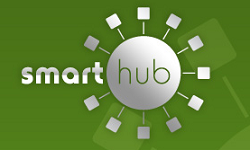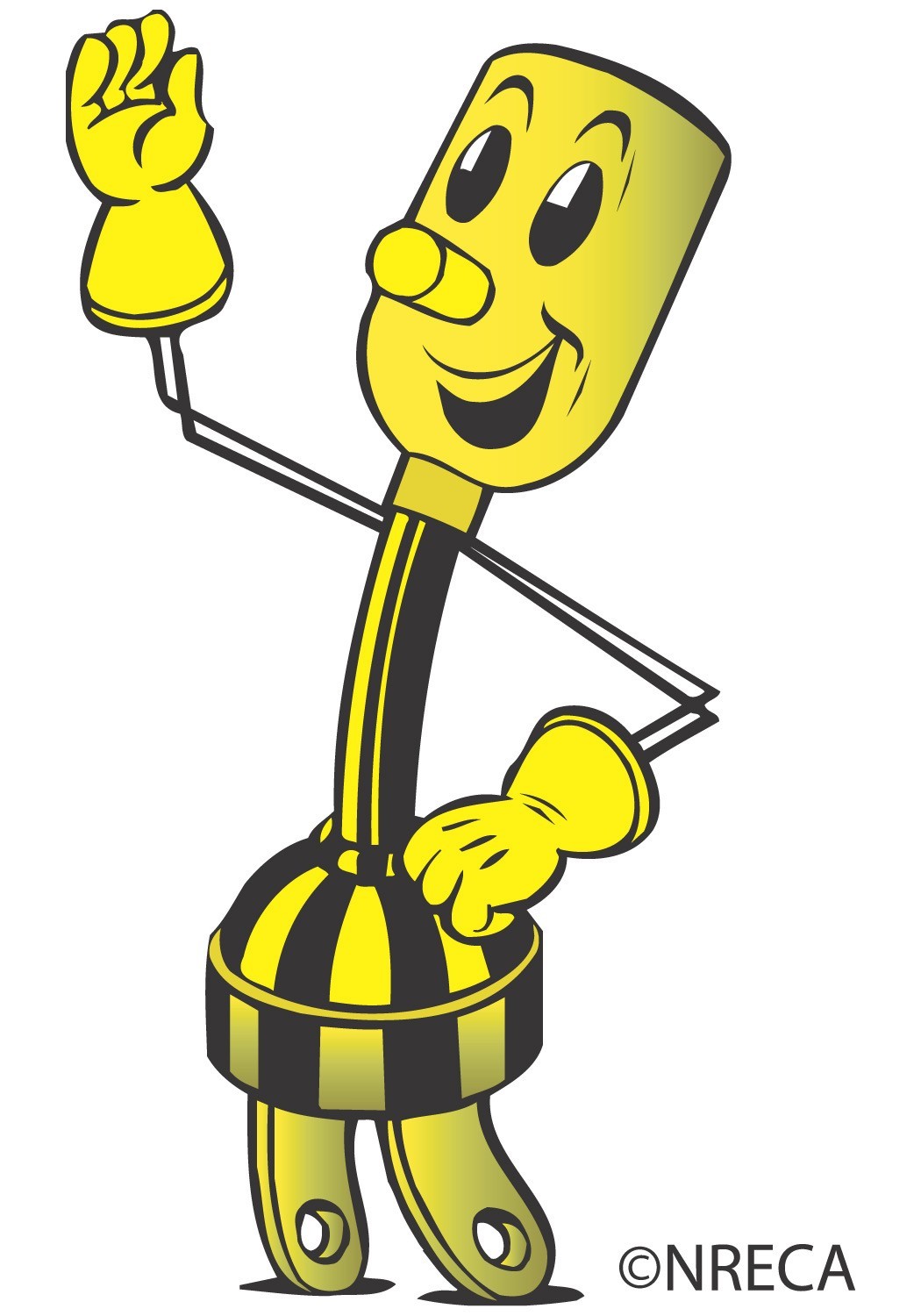Heating / Cooling - Dual Fuel
Problem:
Heating costs, See Heating Cost Comparison, are a major concern with most of us. Rising prices of gas, oil and electric affect most of us. The burning of wood to avoid these high costs is a lot of work.
Solution:
The "Dual Fuel/Off-Peak Program" was implemented by Dairyland Power Cooperative and Chippewa Valley Electric Cooperative as a way to cut your heating costs and help the Cooperative manage load. The Dual Fuel Program combines electric heat with an automatic backup heating source. The backup heat is implemented when the electric heat is being controlled during "peaking times." By controlling electricity during peak periods, the costs associated from high demand are avoided and the electricity can be sold at a lower price. See Rate H.
Requirements for Dual Fuel
- Electric heat is the primary heat source (at least 8kW of permanent installed electric heat)
- Electricity used for heating (central air also) must be connected to a separate meter
- Only electricity for heating is at the reduced rate
- Load management receiver must be connected to the electric heat
- Secondary heat source is an automatic type of heat for use during the control periods
- Secondary heat can be fuel oil, wood, propane, or natural gas
- All household electric heat must be connected
There are several electric heating systems to choose from when designing your dual fuel home:
- Air Source Heat Pump
- Electric Thermal Storage
- Electric Plenum Heaters
- Electric Resistance Heaters
- Ground Source Heat Pump
- Mini Boiler
- Slab Heat






 CURRENT WEATHER
CURRENT WEATHER